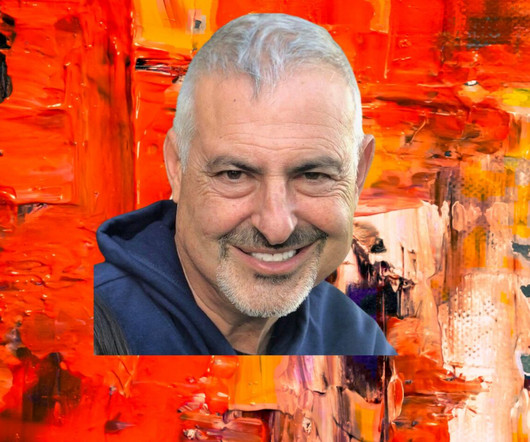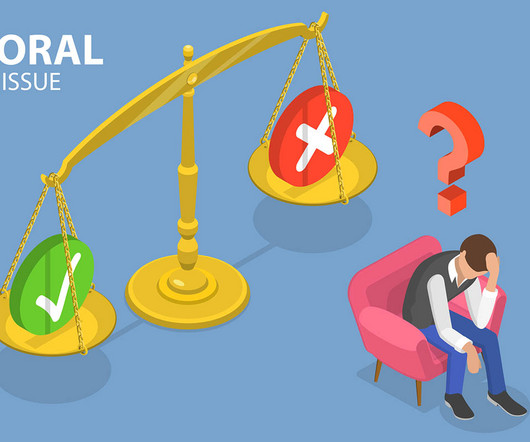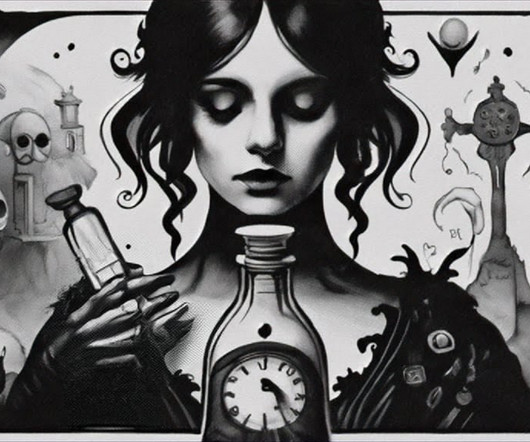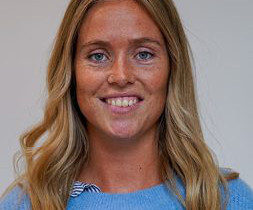Mad in Puerto Rico
Mad in America
JULY 14, 2025
W hen Laura Lopez-Aybar was thirteen, she was diagnosed with bipolar disorder and borderline personality disorder (BPD). Throughout her teenage years, everything Lopez-Aybar did was treated as a sign of her mental illness. We don’t suffer because we have a personality that’s broken.













Let's personalize your content